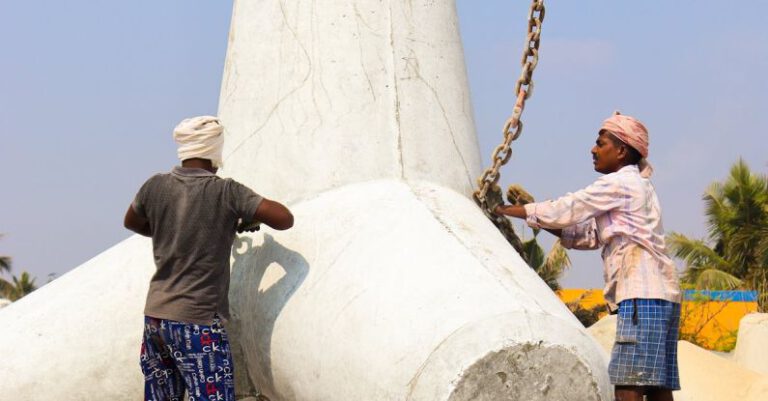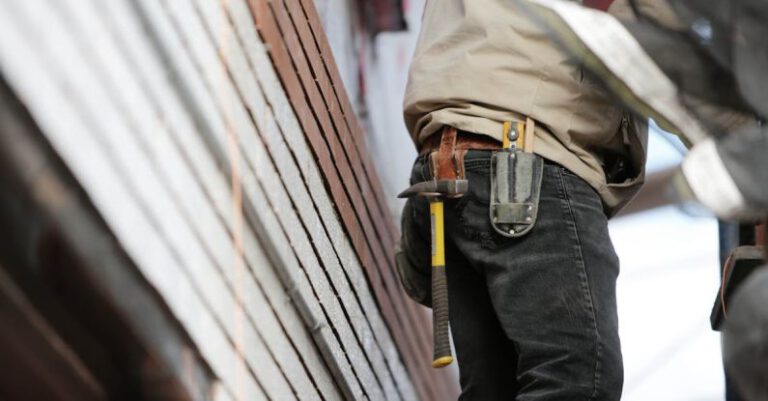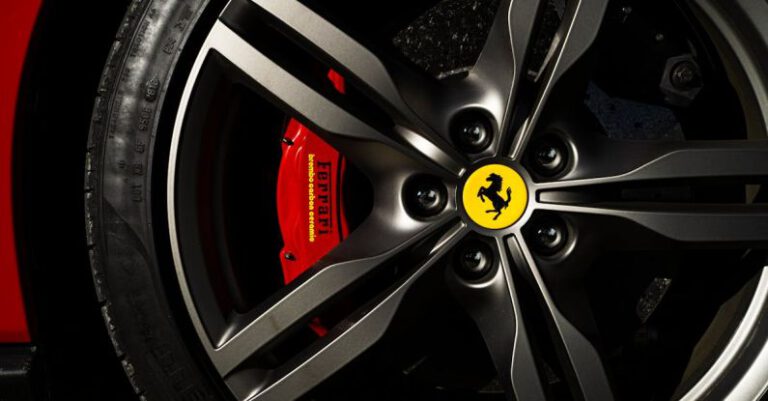
Whether you are a seasoned cyclist or just starting out, performing a pre-ride bike check is essential to ensure your safety and the smooth functioning of your bike. Regular maintenance and inspections can help prevent potential issues during your ride and prolong the lifespan of your bicycle. By incorporating a pre-ride bike check into your routine, you can have peace of mind knowing that your bike is in optimal condition for your journey. Here’s a guide on how to perform a thorough pre-ride bike check.
**Tires and Wheels**
Begin your pre-ride bike check by inspecting your tires and wheels. Check the tire pressure using a pressure gauge to ensure they are inflated to the recommended level. Low tire pressure can affect your ride quality and increase the risk of flats. Look for any cuts, bulges, or worn areas on the tires that may indicate the need for replacement. Spin the wheels to check for any wobbling or rubbing that could indicate issues with the wheel alignment or bearings.
**Brakes**
Next, check your brakes to ensure they are working effectively. Squeeze the brake levers to test the responsiveness of the brakes. If the levers pull all the way to the handlebars or feel spongy, you may need to adjust the brake cables or replace the brake pads. Inspect the brake pads for wear and replace them if they are worn down. Make sure the brake pads align properly with the rim and do not rub against the tire.
**Drivetrain**
Inspect the drivetrain components, including the chain, cassette, and derailleurs. Ensure the chain is clean and properly lubricated to prevent excessive wear and improve shifting performance. Check for any rust or stiff links in the chain that may indicate the need for replacement. Shift through all the gears to check for smooth and precise shifting. If you notice any skipping or hesitation, you may need to adjust the derailleur or replace worn components.
**Frame and Components**
Examine the frame and components of your bike for any signs of damage or wear. Look for cracks, dents, or scratches on the frame that may compromise its integrity. Check the handlebars, stem, and seat post for tightness and alignment. Ensure that all bolts and fasteners are securely tightened to prevent any parts from coming loose during your ride. Inspect the pedals, saddle, and grips for wear and tear, and replace them if necessary.
**Suspension**
If your bike is equipped with suspension, check the fork and rear shock for proper operation. Inspect the seals and stanchions for any signs of leakage or damage. Test the suspension by compressing it and listening for any unusual sounds or resistance. Adjust the suspension settings according to your weight and riding style to ensure optimal performance on the trail.
**Lights and Reflectors**
If you are riding in low-light conditions or at night, check that your lights and reflectors are working properly. Test the front and rear lights to ensure they are bright and visible. Make sure the batteries are fully charged or replace them if needed. Check that your reflectors are securely attached to your bike and are not obscured by any accessories or gear.
**Conclusion**
Incorporating a pre-ride bike check into your routine can help you identify and address any potential issues before they escalate into more significant problems. By following these simple steps and regularly maintaining your bike, you can enjoy a safe and trouble-free ride every time. Remember, a well-maintained bike is a reliable and enjoyable companion on your cycling adventures.





